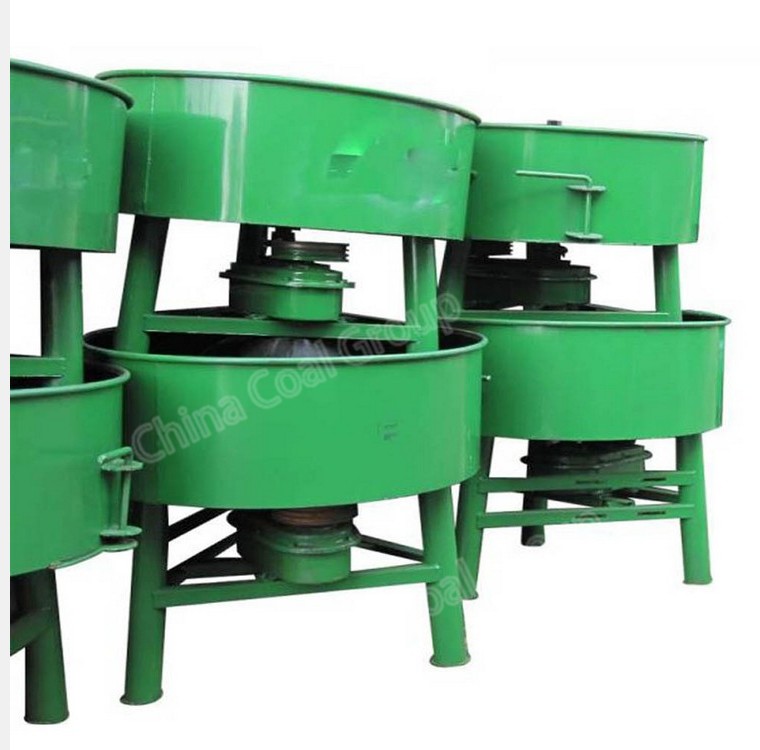

Concrete mixing plants have a long history. As early as the early 20th century, concrete mixing plants driven by steam engines had begun to appear. After the 1950s, double-cone mixers with reversal discharge type and tilting discharge type, and split drum mixers were successively introduced and developed. There are radially arranged mixing blades on the inner wall of the mixing drum of the concrete mixing station. When working, the mixing drum rotates around its horizontal axis, and the materials added to the mixing drum are lifted to a certain height by the blades, and then fall under its own weight, so that the repeated movement can achieve the effect of uniform mixing. The structure of the concrete mixing plant is simple, generally mixing plastic concrete.
The stabilized soil mixing plant is equipped with spiral mixing blades. Various materials are continuously weighed according to the mixing ratio and then sent into the mixer. The mixed concrete is continuously discharged from the discharge end. This kind of mixer has short mixing time, high productivity, and its development is eye-catching.
With the development of concrete materials and construction technology, many concrete mixers with new structures have appeared one after another, such as steam heating mixers, supercritical speed mixers, sonic mixers, swing disc mixers without mixing blades, and concrete mixers for secondary mixing. Wait.
